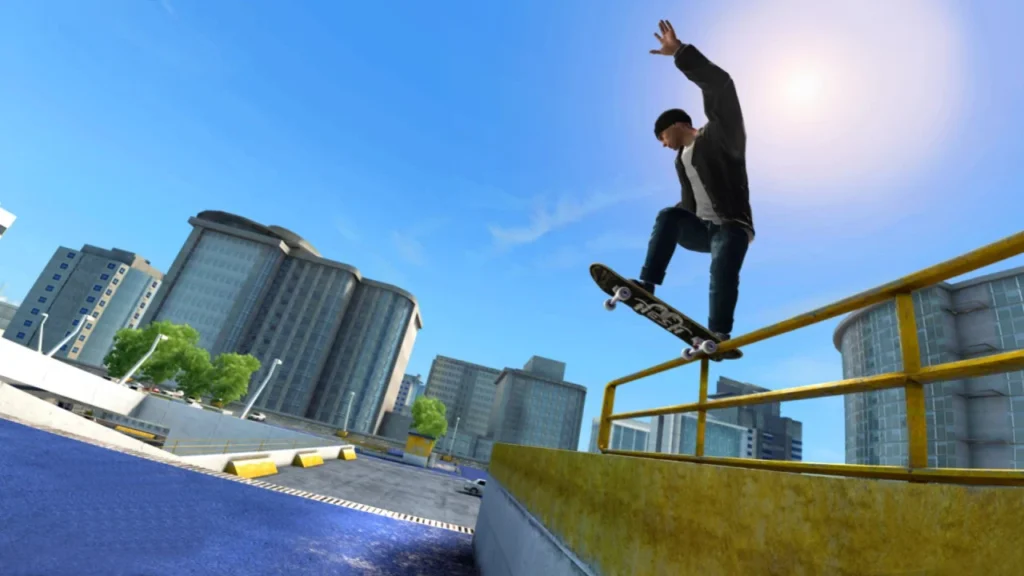Solar Gain, a solar energy company, is looking for a Data Entry Clerk to join their team. This is a remote entry-level position where you will be responsible for inputting data, maintaining databases, and ensuring data accuracy and confidentiality. You will also work with other team members to improve data entry processes and may assist with other administrative tasks.
The ideal candidate has a high school diploma, is proficient in Microsoft Office (Excel and Word), has strong attention to detail, and can multi-task, prioritize, and work efficiently. Prior experience in a clerical role, knowledge of the solar energy industry, and experience with Google Suite or Salesforce are a plus.
